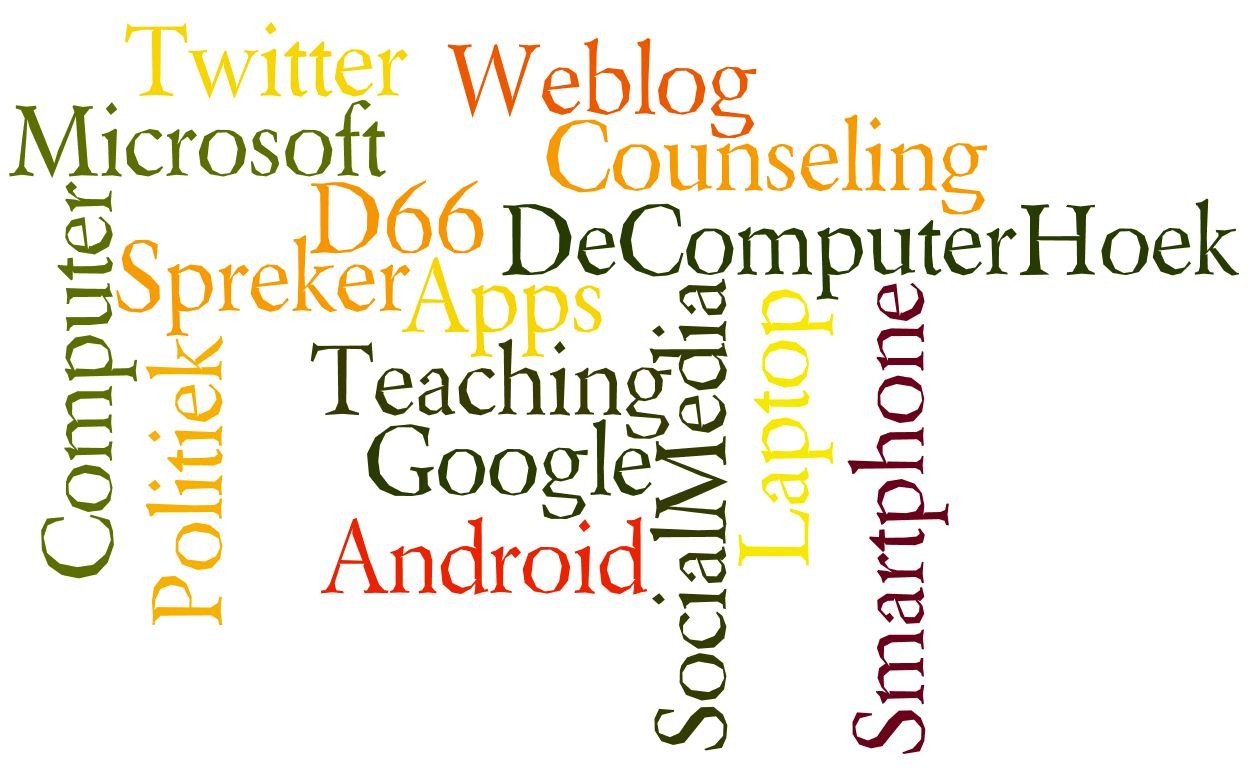Women in Computing Gallery
A new Women in Computing Gallery, sponsored by Google UK, has been opened at The National Museum of Computing on Bletchley Park by technology entrepreneur Dame Stephanie Shirley. The Gallery highlights the pioneering role that women have played in the development of computing and has been designed to inspire many more girls to take up computing as a career.
The opening of the new gallery formed part of a Google-inspired Heroines of Computing event at Bletchley Park involving both the Bletchley Park Trust and The National Museum of Computing.
The idea for the gallery was sparked when the Museum discovered that only 10% of students coming from schools and colleges on its acclaimed Learning Programme were female. Together with Google the idea for the new TNMOC gallery took shape.
Using the latest in interactive digital signage display technology, the gallery presents a multimedia tribute to female pioneers of computing. Six large touch screens offer intuitive interactive access to videos, photographs, graphics and text telling many of the little-known stories of women in computing. Artefacts in the Gallery include a beautiful reproduction of a scrapbook of Dame Stephanie Shirley’s career at F International, the hugely successful company she founded.

Dame Stephanie Shirley in opening the gallery said: “Girls must take advantage of the revival of computing in schools and recognise and grab the opportunities that our wonderful sector offers. Britain’s economy demands that women are not just consumers, but rather creators of new technologies and applications. This new Women in Computing gallery at TNMOC will promote positive role models for women and so encourage girls and women in critical thinking and engineering. It shows the heroines of computing as historic facts to inspire the upcoming generation.” (See video of Dame Stephanie Shirley’s opening speech below.)
Peter Barron, Head of External Relations at Google said: “We are delighted to have hosted the Heroines of Computing event at Bletchley Park and to have sponsored this exciting new gallery at TNMOC. As a company we’re committed to encouraging more young people to explore the opportunities in computing. One of the challenges faced by girls in particular is a perceived lack of role models — a problem we hope this gallery can help redress.”
Chris Monk, Learning Co-ordinator at TNMOC, explained how the women in computing theme will be developed at TNMOC: “With the support of Google we have created this highly dynamic gallery which by a few keystrokes can be updated with information and videos as they become available. At Saturday’s event, for example, we collected more of the history from the pioneers themselves and already several new videos are now being edited for display. Women’s part in the history of computing will not be confined to this new Gallery — as the Museum grows their stories will be embedded throughout the museum. We encourage anyone with information relevant to the history of women in computing to contact us at womenincomputing@tnmoc.org.”
The gallery’s digital signage technology, DSB developed by heinekingmedia, is highly intuitive with an interface familiar to anyone who uses tablet computers. Content, hosted in the cloud, can be supplied in a very wide range of common computer file types and very attractively presented by web-based screen design software.
Besides Dame Stephanie Shirley’s scrapbook, other artefacts on display include comptometers, sophisticated pre-computing calculators operated mainly by women, and memorabilia such as the first Assembly language programming book, written by Kathleen Booth, a trailblazing academic, and a personally-engraved handpunch machine of a Miss IP Williams who worked on the celebrated Powers-Samas tabulating machines.
Guests at the Heroines in Computing event included many of the women who have made outstanding contributions to the development of computing were present including Sophie Wilson, co-designer of the BBC Micro and the ARM chip, Joyce Wheeler, one of the first academics to use a computer (EDSAC) for research, Mary Coombs the first female commercial programmer (using LEO), and Margaret Bullen who worked on the wiring on the original Colossus computers.
